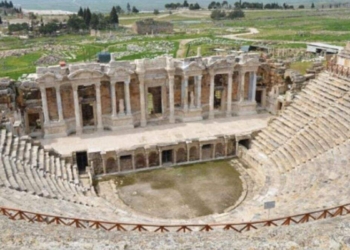New Delhi. Cold wave conditions may be seen in many states of North India in the next few days. According to the Meteorological Department, the Himalayan areas of the North and West are under the influence of Western Disturbance. Due to this, there is a possibility of light rain and snowfall in Jammu and Kashmir and Ladakh. Snow is already falling heavily in Kashmir Valley. Due to this, the minimum temperature is falling below zero everywhere. The Meteorological Department has issued an alert of fresh snowfall in the higher reaches of Himachal Pradesh. There are chances of rain in remaining parts of Himachal. According to the Meteorological Department, the effect of western disturbance will continue till Tuesday. Because of this, a forecast of bad weather has been issued in the hilly states.
The Meteorological Department says that dense fog may occur in Delhi, Haryana, Punjab, Jharkhand, Himalayan areas of West Bengal and Sikkim. There is a possibility of light rain in the Himalayan areas of West Bengal, Haryana and Punjab. It may rain in many areas of Jharkhand adjoining Bengal. Regarding UP, the Meteorological Department has predicted that there may be light rain in the eastern region. Eastern UP may see rain till Monday. At the same time, later dense fog may occur in eastern UP and Terai areas adjoining Nepal. The Meteorological Department estimates that cold wave may occur in many areas of Rajasthan.
The weather department had already predicted that this year there is going to be more severe cold. The Meteorological Department had said that from December 15, there will be severe cold and dense fog. Fog conditions have already started in many places. Cold and fog are expected to increase further in the coming days. The reason for the severe cold this year is the effect of La Nina. Due to the effect of La Nina, the surface temperature of the Pacific Ocean becomes equal to that of the land. Due to this La Nina effect, there has been more than average rainfall in the monsoon season this year. Before this there was influence of El Nino. At that time the sea surface temperature was recorded higher than that of the land.










